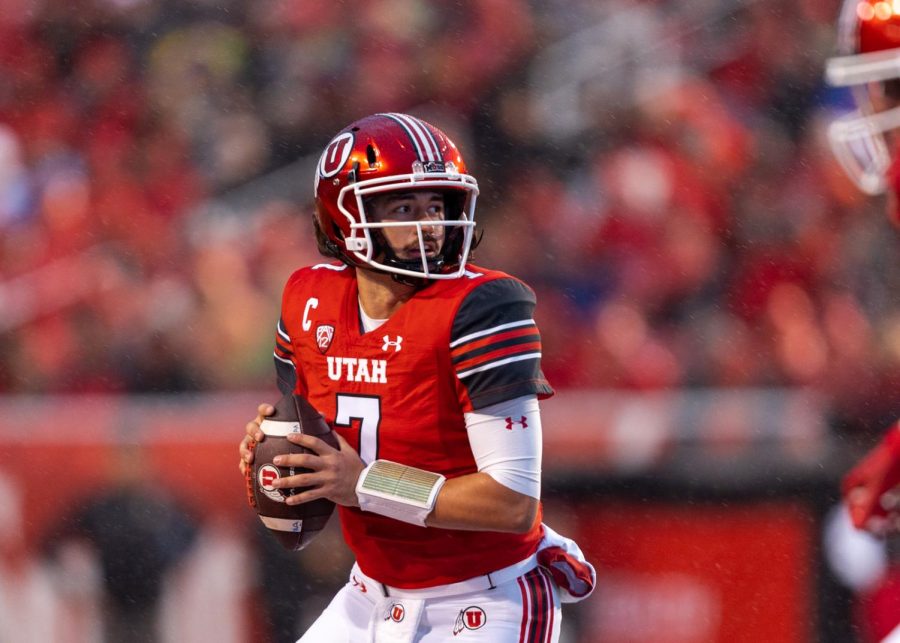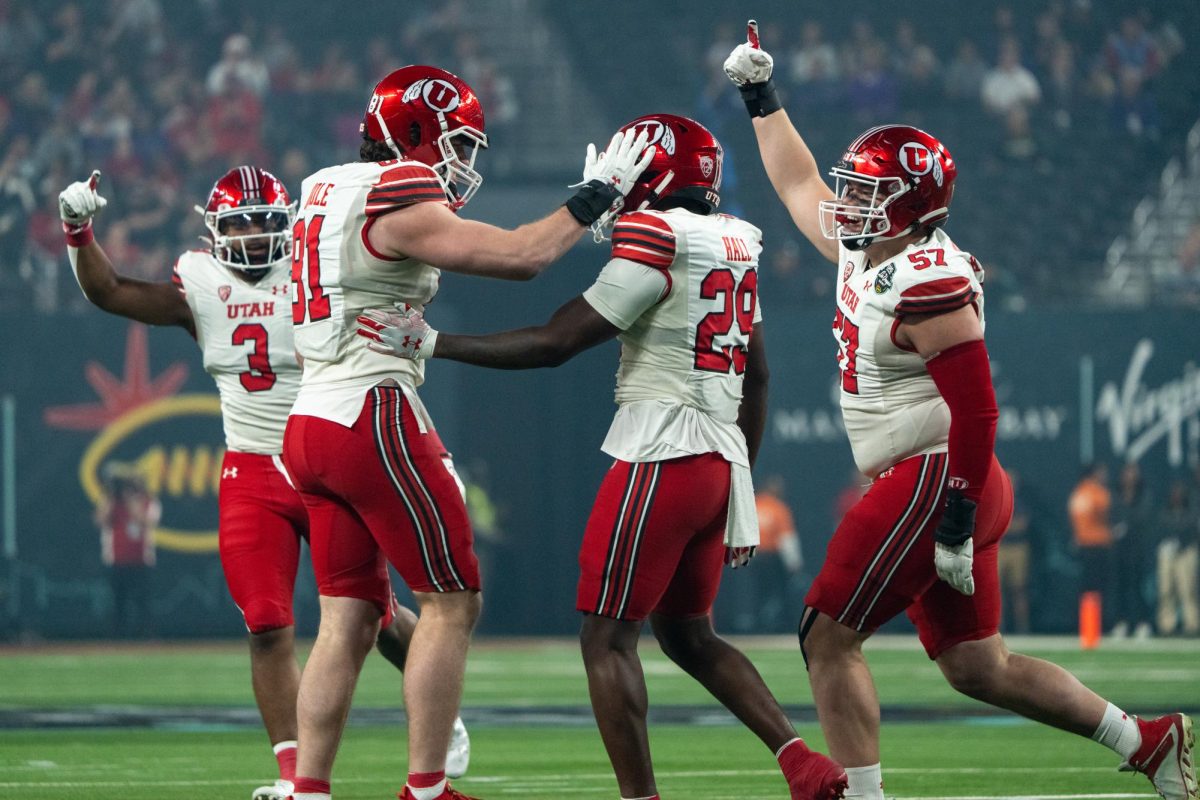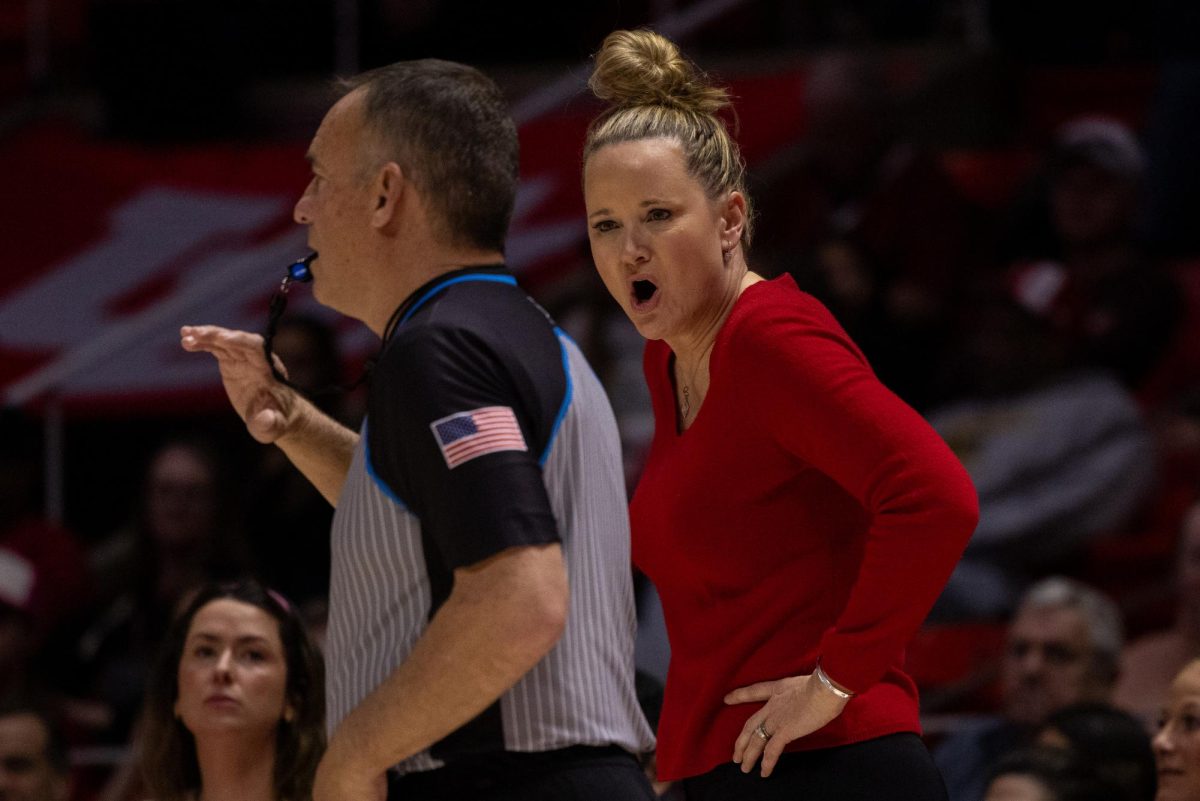Performed from Texas to Tonga, from the prep level to the Olympics, the haka8212;a traditional Maori dance8212;is ingrained in the psyche of sports culture across the world. Since New Zealand’s legendary All Blacks rugby team performed its first haka in 1884, the ritual has become commonplace in athletics, especially in Utah. BYU is no exception, gaining national prominence for its pregame performances of the “Ka Mate” haka.
Although the haka is usually seen as a routine used to excite the crowds and promote team unity, it has also been criticized as an unsportsmanlike attempt to intimidate opponents. Incidents have provoked responses from the Utah High School Activities Association, game officials and the WAC.
High schools have been warned by the UHSAA that they face penalties for performing the haka, citing it as a safety concern. The University of Hawaii eventually stopped performing the “Kapa o Pango” haka after receiving a 15-yard unsportsmanlike penalty for the haka in a 2007 game. The WAC then sent out a letter to coaches asking all pregame rituals to be performed in locker rooms only.
BYU’s performance has also come under fire.
In the 2005 rivalry game, the haka was performed facing Utah instead of the student body. When several BYU players performed the ritual at a pep rally on Fremont Street before the 2006 Vegas Bowl, Oregon players attempted to jump the crowd barriers to confront BYU.
Last season at the rivalry game, safety Joe Dale and linebacker Stevenson Sylvester crossed over to BYU’s side of the field when BYU began to perform the haka. Soon, a score of Ute players followed, leading to a heated confrontation between the teams before the referees broke up the argument.
“They can’t do that on our field,” said then-Ute quarterback Brian Johnson. “That shows disrespect.”
Head coach Kyle Whittingham agreed.
“Our guys got the feeling they were disrespected a little bit,” he said. “But it is what it is.”
BYU, however, insists disrespect is not its intent. Rather, the Cougars say the haka ritual promotes team honor, support and unity.
BYU’s performance of the haka dates back to the 2005 season opener against Boston College. The tradition began as a way of supporting receiver Bryce Mahuika, the only member of the team of Maori descent.
Bryce Mahuika’s father, Michael Mahuika, passed away from Hodgkin’s lymphoma during spring training. Michael Mahuika was the son of Nepia Mahuika, chief of the Maori Ngati Porou Iwi tribe, which is credited for the “Ka Mate.” Michael Mahuika throughout his life believed the haka should be used to teach about his tribe’s culture.
The haka was performed at Michael Mahuika’s funeral, which several of Bryce’s teammates attended. Upon returning from the funeral, the players who attended, including running back Curtis Brown, suggested the team perform the haka as a means of honoring Michael Mahuika.
BYU received special permission from the Ngati tribe to perform the haka, said football communications coordinator Brett Pyne.
“We received permission to perform it, and then the haka just became this great player-initiated effort to show team support and unity,” Pyne said.
wever, the tradition, which received national media acclaim, has dwindled in the 2009 season. To date, the haka has only been performed twice by BYU, after the defeat of Oklahoma and before the Tulane game.
Pyne says the haka has not been performed lately for many reasons, among them the 2008 altercation between Utah and BYU players. Bryce Mahuika’s last season was also in 2008.
The tradition, however, is far from over.
“It’s all player-driven,” Pyne said. “Many of the seniors and juniors hope and expect the team will continue to perform (the haka). It’s a fantastic way of building team unity.”
[email protected]












